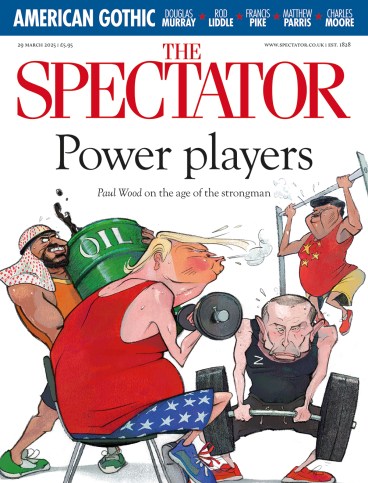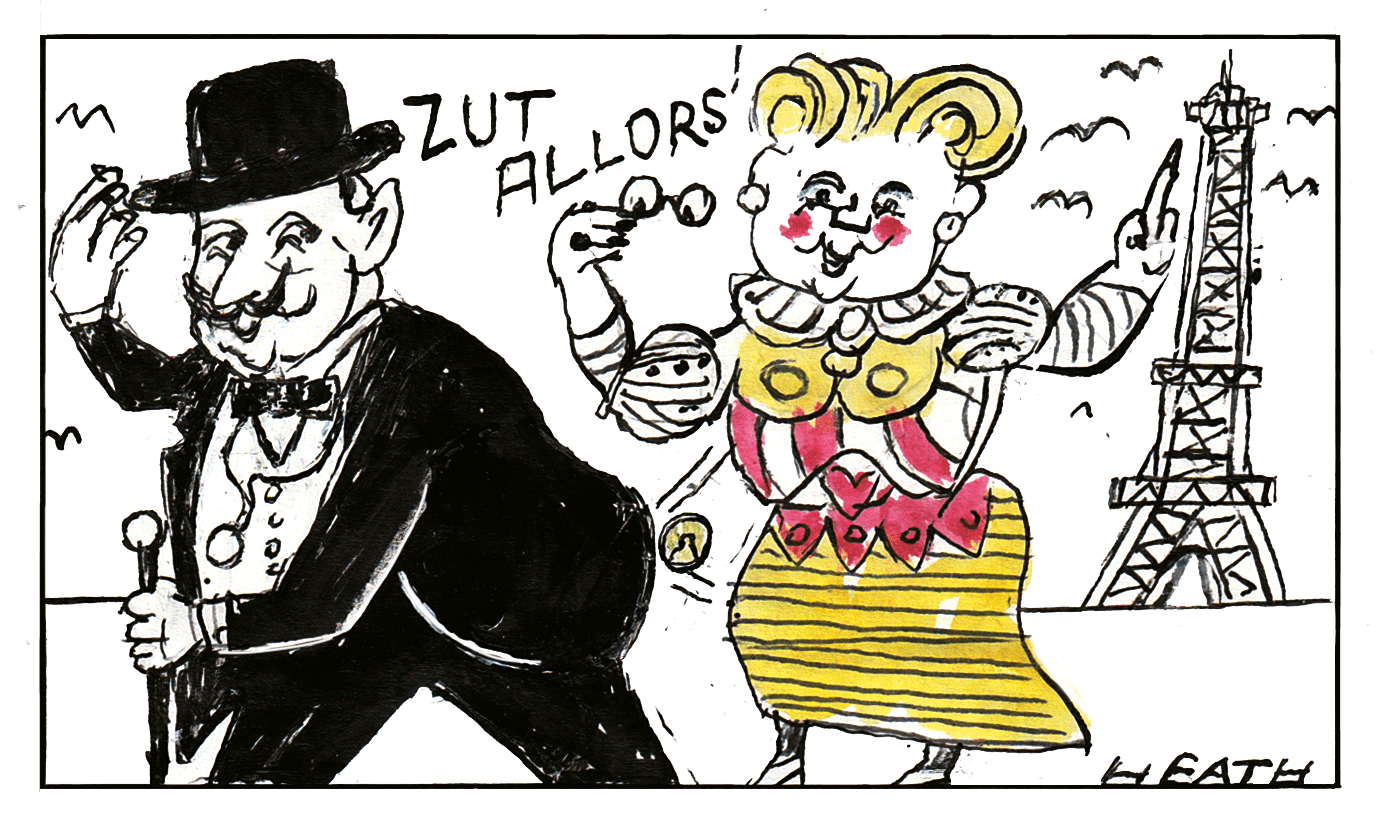
Mark Mason has narrated this article for you to listen to.
Lewis Carroll used to travel with purses divided into separate compartments, each containing the exact number of coins he’d need for a particular transaction (train fare, porter, newspaper and so on). These days we have one bank card which gets tapped everywhere. The coinless society might be more convenient – but it’s also more boring. Coins are beautiful and fascinating.
For centuries they were the only way most people knew what their monarch looked like. Henry VIII was nicknamed ‘Coppernose’ because of the way the silver coating on copper coins rubbed away, starting with his nose. Even Oliver Cromwell put himself on the currency (as a Roman emperor wearing a laurel wreath). Since Charles II, monarchs have alternated the way they face. Only Edward VIII’s vanity threatened the pattern – he should have faced right, but said his left side was better. Thankfully, his coins were never issued. Each year’s Maundy money has the value in pence of the monarch’s age, and contains specially minted 3p and 4p coins, which are legal tender.
Britannia, currently on the £2 coin, was first employed by the Romans, depicted as a captive bowing down before their empire. But she eventually came to symbolise the country’s greatness – Queen Anne even issued coins with herself in the role. Gordon Brown removed Britannia, but David Cameron reinstated her, saying she should ‘never have been taken off in the first place’. Also still in place are the letters ‘DG’, for Dei gratia (‘By the grace of God’). In 1849 a new florin omitted them, and when a cholera epidemic broke out soon afterwards people blamed the ‘Godless florin’.
The language of coins is wonderful. ‘Farthing’ came from ‘fourthing’ (it was a quarter of a penny), while the guinea was made of gold imported from said part of Africa. (Horses were sold in guineas, worth a pound and a shilling, because the shilling was the auctioneer’s commission.) The 15th-century ‘angel’ showed the Archangel Michael slaying the Devil, while Henry VII’s ‘dandiprat’ (worth three halfpence) became slang for an insignificant person.
Coins haven’t changed much physically – a metal disc is a metal disc. But there have been subtle tweaks. Milled edges were introduced to stop people shaving valuable metal off them. The ‘straight’ edges of the 50p are actually slightly curved so that they’ll roll through vending machines. Pre-1992 pennies, made of copper, are now worth more than a penny because of the metal’s rise in price. I’d love a reintroduction of the 11th-century coin that was shaped like a clover, allowing users to break off the four leaves and use them as separate pieces of currency.
The Royal Mint will be in action for a while yet. (These days it’s in Llantrisant, a part of south Wales unlovely enough to be known as ‘the hole with the Mint’.) But eventually coins are going to disappear, and what will we toss then when we need to settle a 50/50 decision? Thankfully Brian May of Queen still has enough sixpences to use as plectrums: when he ran out of real ones he had some made bearing his own image rather than Queen Elizabeth’s. The most unusual use for a coin has to be David Suchet’s – he achieved Hercule Poirot’s mincing walk by clasping a £1 coin between his buttocks.








Comments